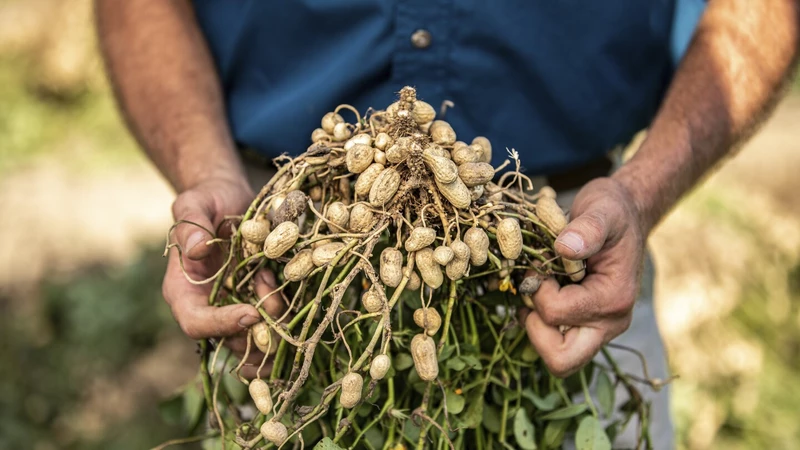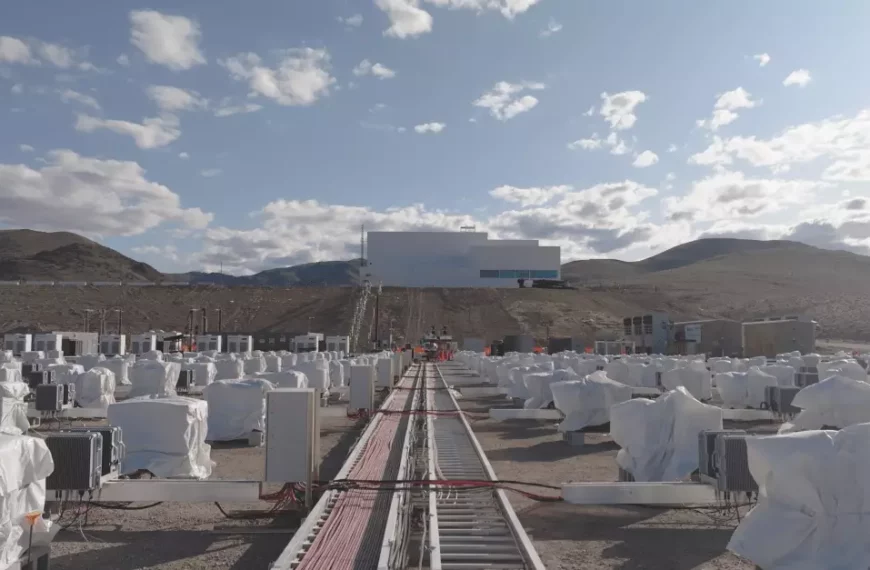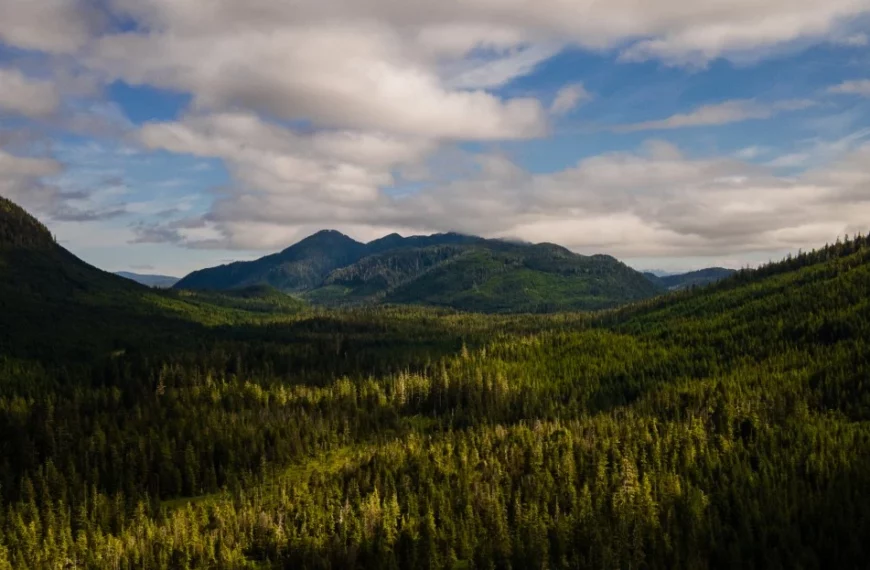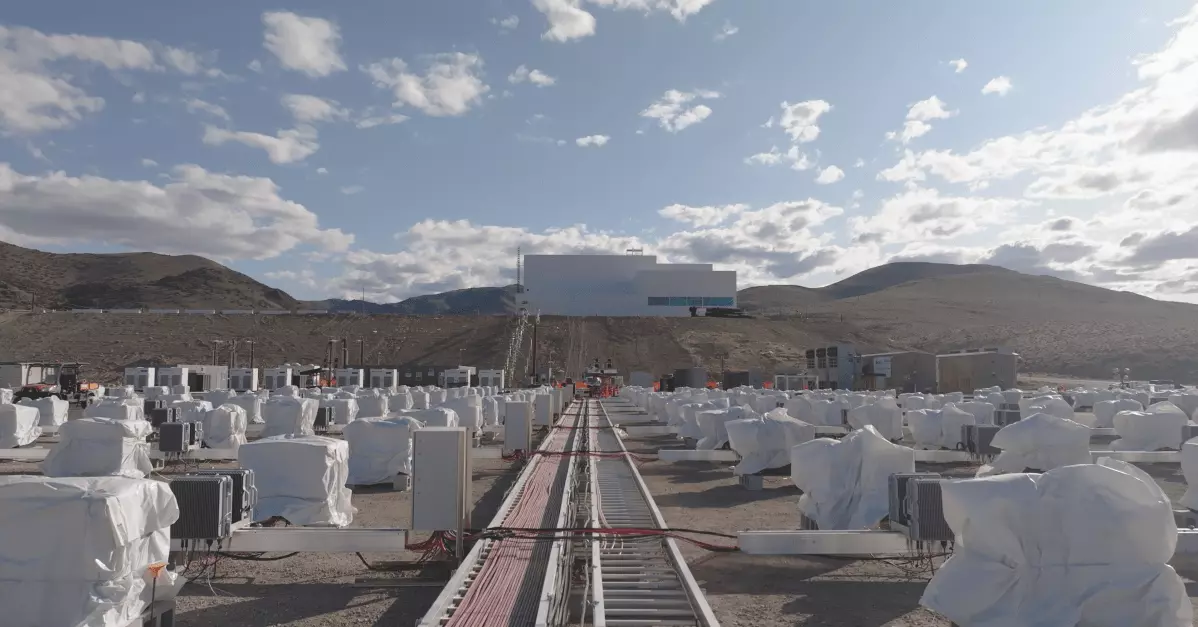If you’ve ever dreamed of growing your own peanuts but thought it was only possible in the warmer, southern zones, think again! Even if you reside in the more northern regions like zone 6, with a bit of planning and care, you can successfully grow peanuts right in your backyard. Picture yourself munching on freshly harvested peanuts, using them for homemade peanut butter, or simply showing off your gardening prowess to friends and family – yes, it’s all within reach.
Living in zones where direct sowing isn’t feasible means you’ll need to get your hands on starter plants or kickstart the process by germinating seeds indoors ahead of time. Timing is crucial here; starting seeds too early can lead to spindly, stressed-out plants that won’t bear the best peanuts. While the idea of planting raw, unshelled peanuts straight from the grocery store sounds enticing, it’s a gamble – you won’t know the variety or the age of those peanuts, potentially impacting your harvest down the line.
For those lucky enough to reside in zones 8-11, the process becomes somewhat simpler – plant your seeds directly in the outdoor soil between mid-April and mid-June, ensuring they bask in full sunlight. However, if you find yourself in zones 6 or 7, kick off the peanut-growing journey indoors. Sow your seeds about an inch deep in biodegradable pots, then provide them with ample light either through grow lights or strategically positioning them near your sunniest window.
As your peanut plants start to grow, mimic the hilling technique used for potatoes by adding a couple of inches of straw or dried grass clippings around the base when they reach about a foot in height. This step encourages ‘Pegging,’ which is vital for underground seed production. It’s worth noting that peanuts aren’t nuts; they belong to the legume family, just like beans and peas. This means they have the unique ability to draw nitrogen from the air, enriching the soil in the process. So, hold off on nitrogen-rich fertilizers around your peanut plants.
About 40 days post-planting, you’ll notice self-pollinating yellow flowers making their debut, a promising sign of the peanuts to come. Fast forward a few more months, and the leaves will begin to yellow, indicating that it’s time for the grand peanut harvest. Once you’ve dug up the entire plant, including the roots, allow them to dry out for a couple of days in a well-ventilated area. Afterward, separate the peanut pods from the roots and decide whether to roast them immediately or store the unshelled peanuts in airtight containers for later.
In the end, growing peanuts, while not the most conventional crop in northern zones, is a rewarding and achievable feat with the right approach. So, roll up your sleeves, get those peanut seeds or starter plants, and embark on your peanut-growing adventure. Who knows, you might just become the talk of the town with your very own homegrown peanuts to boast about!




 By
By
 By
By

 By
By

 By
By
 By
By
 By
By
 By
By



 By
By







